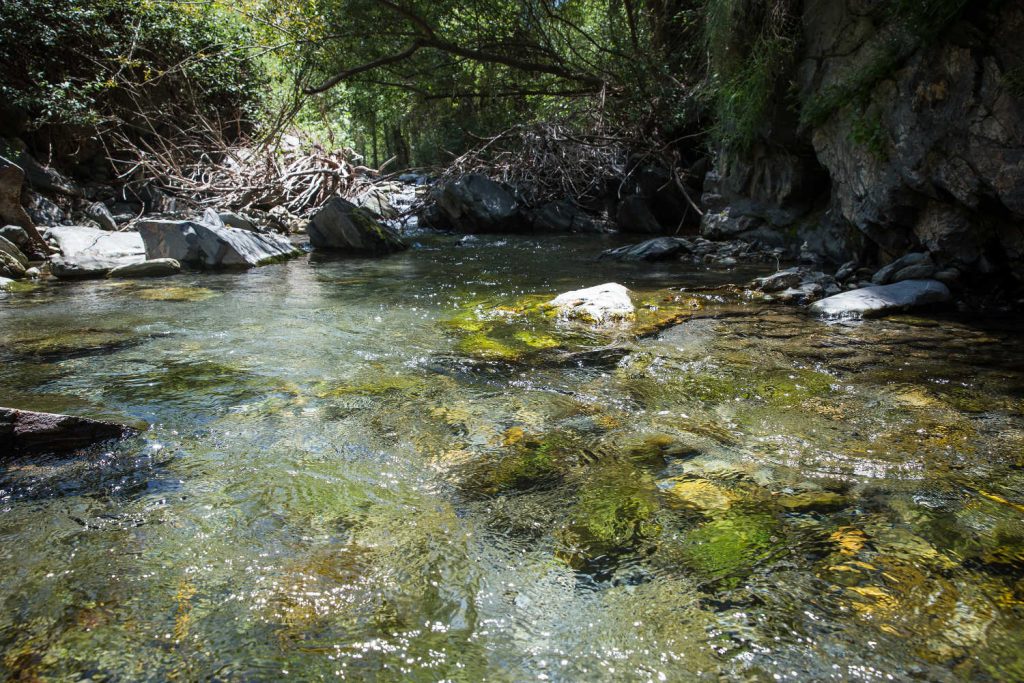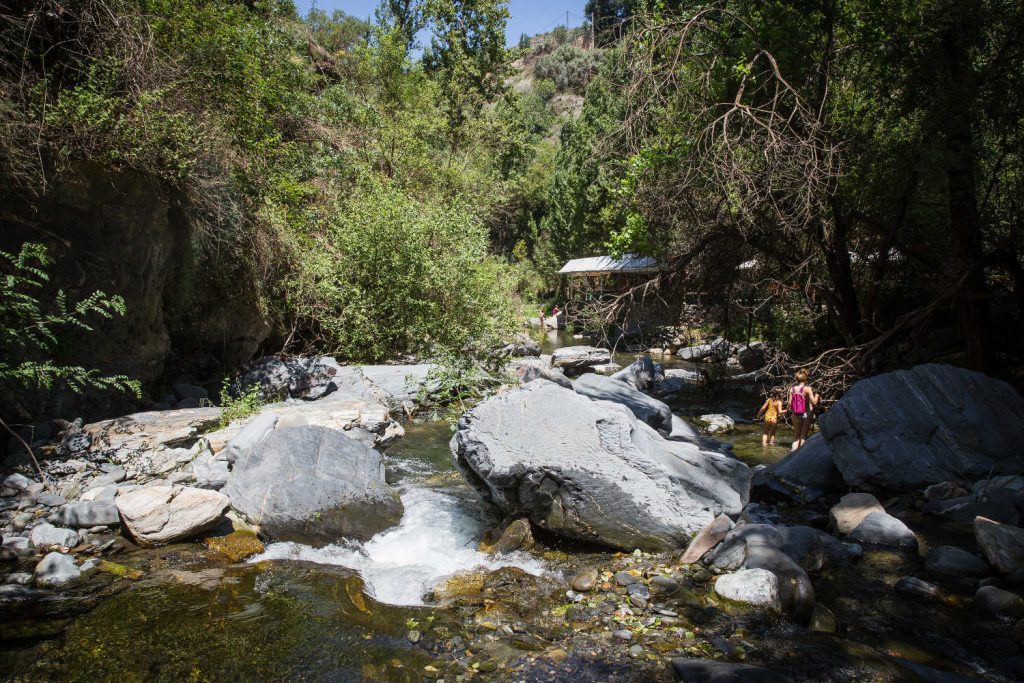The directory also includes the Sierra Tramway Path and the Cájar Silk Museum.
The municipalities of Alhama de Granada, Huéscar, Valderrubio, Güéjar Sierra and Cájar are already part of the provincial catalog of film and television sets created by the office “Film in Granada” of the Provincial Council. The catalog, available on the website filmgranada.com, aims to make visible the enormous potential of the province as an audiovisual set and already brings together a hundred of these spaces for filming. It is a public database, aimed primarily at producers and film, advertising and television professionals, which aims to facilitate the search for locations throughout Granada.
On the one hand, in the municipality of Alhama de Granada two film locations have been selected: the Tajos and the historic center. The Tagus of Alhama Natural Monument is a geological formation, composed of an impressive set of canyons and vertical walls, shaped by the Alhama River, some of which are more than 80 meters high. It is located within the area of influence of the Natural Park Sierras de Tejeda, Almijara and Alhama, and has several unique areas, such as the Devil’s Stairs, the Mazmorras, the Hermitage of Las Angustias and the flour mills.
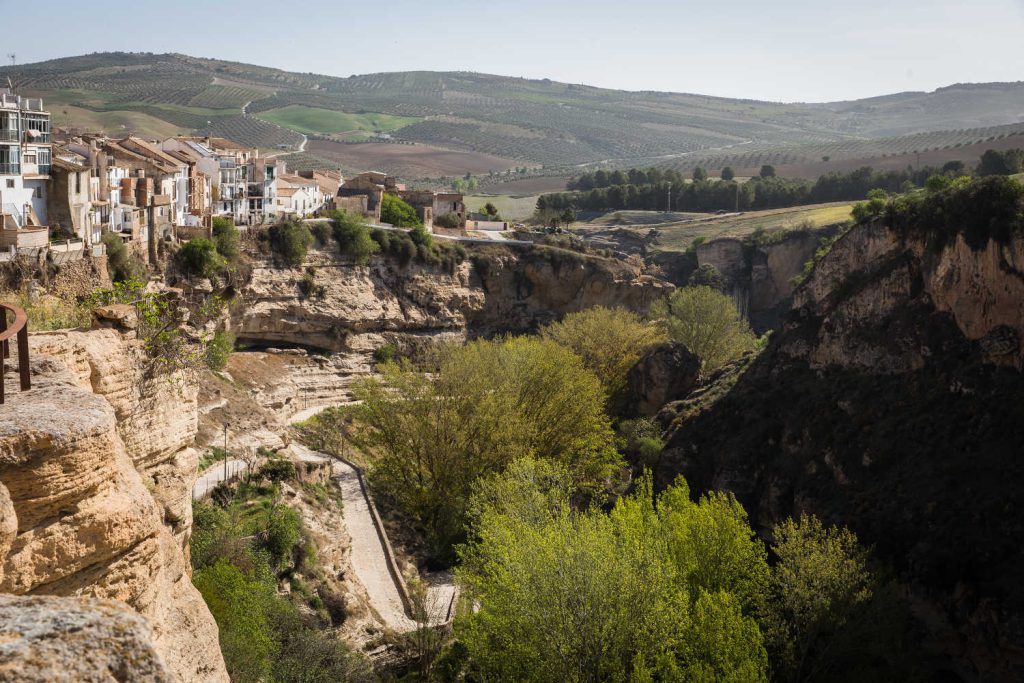
Alhama de Granada is a town of special tourist attraction thanks to the monumentality of its Arab neighborhood and the noble and religious buildings of its historic center. In the heart of the city center is the Plaza de los Presos, on which the city revolved, with the Church of Santa María de la Encarnación, the old prison and the granary (former synagogue).

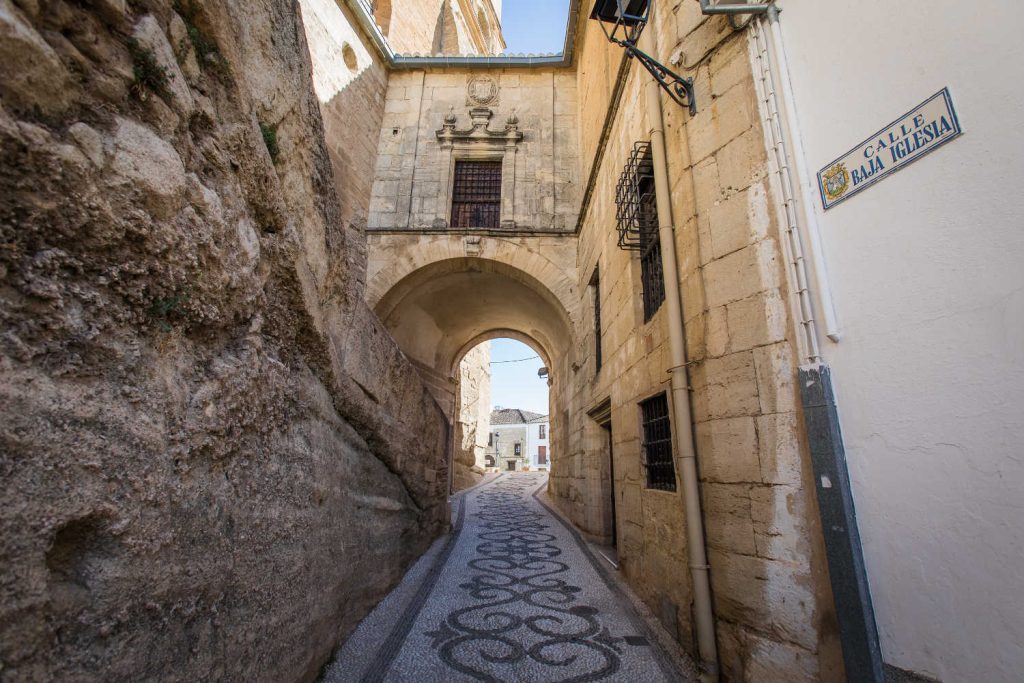
On the other hand, the City Council of Huéscar has proposed for the directory of locations the Casa-Palacio de los Penalva and the Torre del Homenaje. Built in the early twentieth century, the “Casa de los Penalva” is a tremendously unique work, as it is framed within the purest and most refined Catalan modernism, in which the influence of Gaudí is evident in the organic-vegetable decoration of the facade. Distributed on three levels, it has different architectural styles among its rooms: the central courtyard, main staircase and upper corridor are in Arabic style, imitating plasterwork, plinths and sconces, with staircase and central fountain in white marble. The great hall is in rococo style. And the chapel is neo-Gothic, with altar and furniture according to that style.
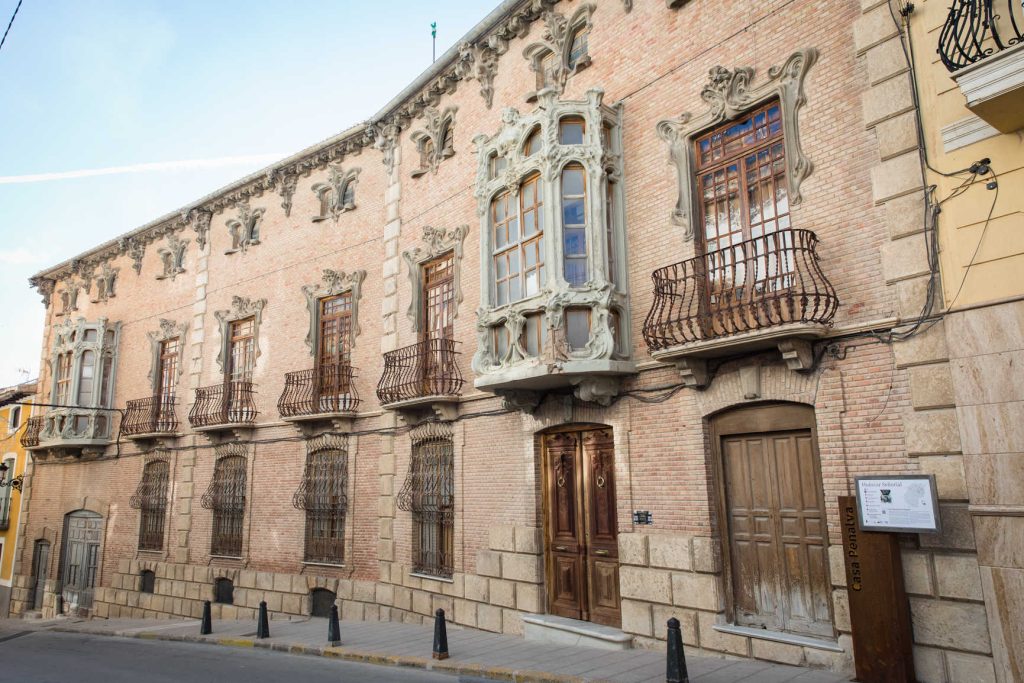

The Tower of Homage of Huéscar is a defensive structure belonging to the old Muslim alcazaba. The tower has three floors above street level, with a total preserved height of 10.5 meters. The first floor is built with remains of ancient Roman constructions and the rest of the floors are formed by rammed earth walls.
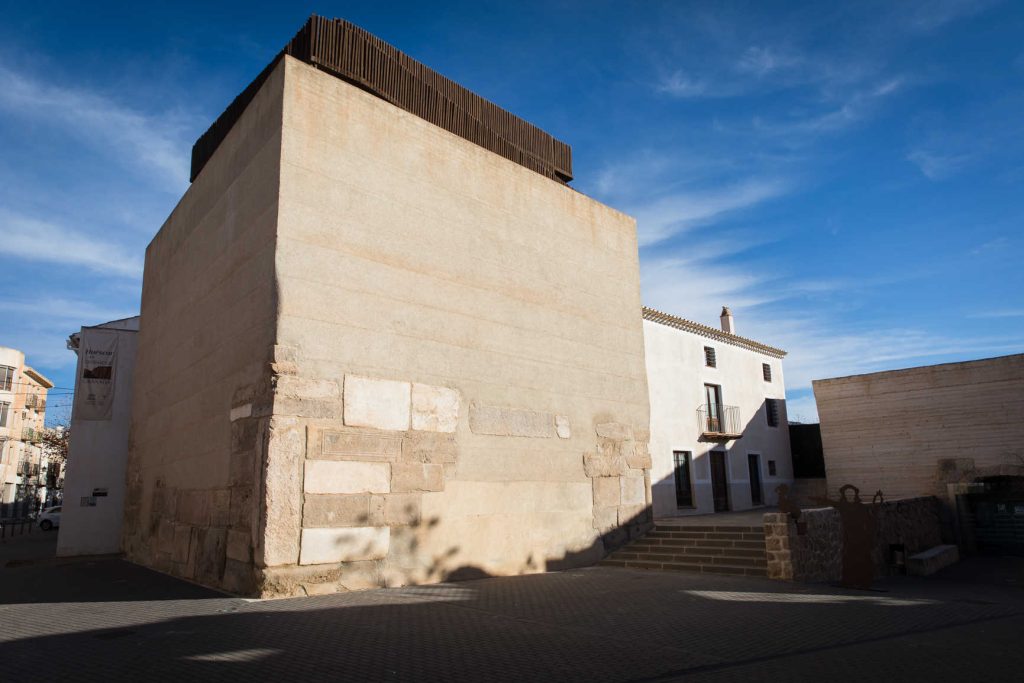
Finally, in the town of Valderrubio are two of the houses associated with the life and work of Federico García Lorca: his House Museum and the House of Bernarda Alba. The building that contains the Federico García Lorca House Museum in Valderrubio is a traditional two-story farmhouse, where the family lived between 1905 and 1909. It was there that Lorca saw the first traveling theater, which awakened his interest in this genre. Until 1926 this house would also be the place where he spent his summers.
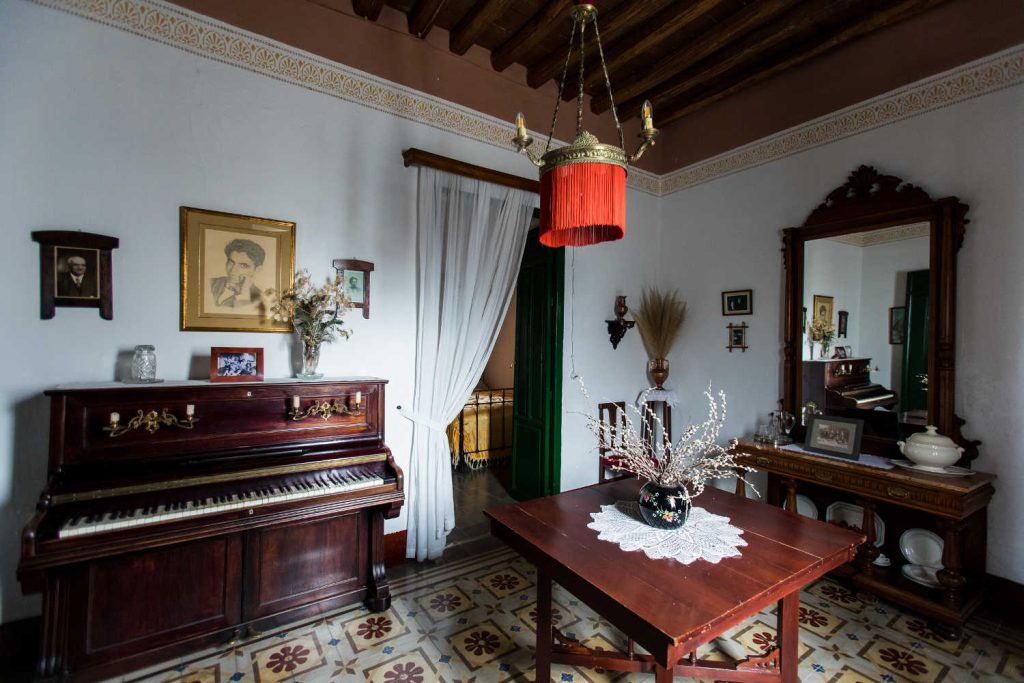
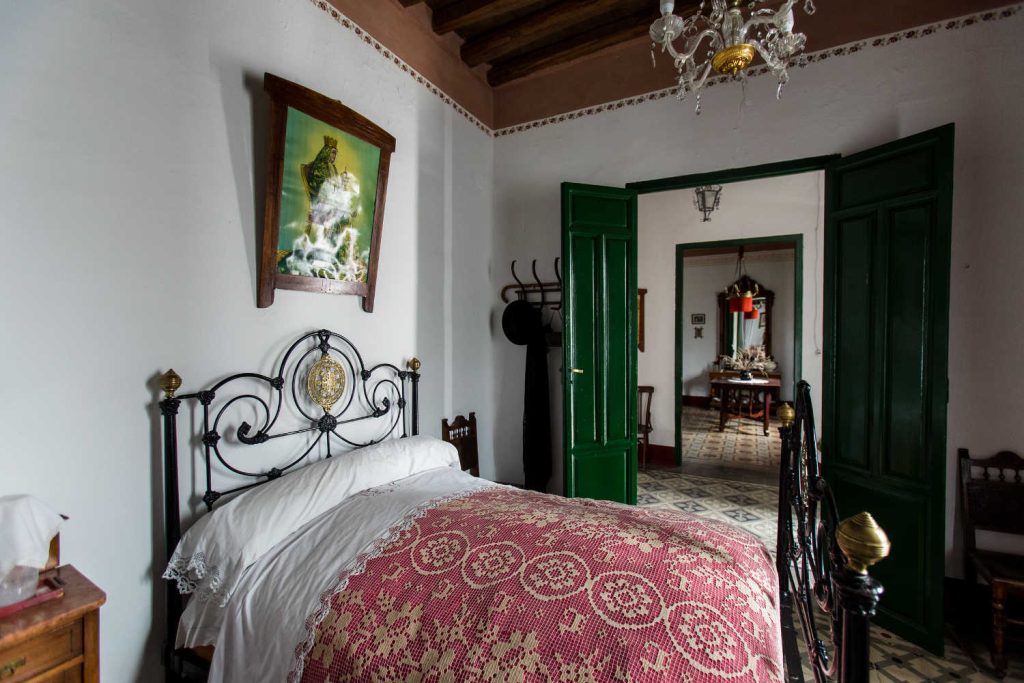
The House of Bernarda Alba is the real house where the family that inspired Federico García Lorca’s most universal work lived. In the small inner courtyard is located the dividing well, whose water shared the houses of Frasquita Alba and Federico’s aunt, and through which he was a silent witness of conversations, plots, etc.. All this, together with his portentous capacity for fabulation, turned this place into the germ, the birth, of what he called “women’s drama in the villages of Spain”.
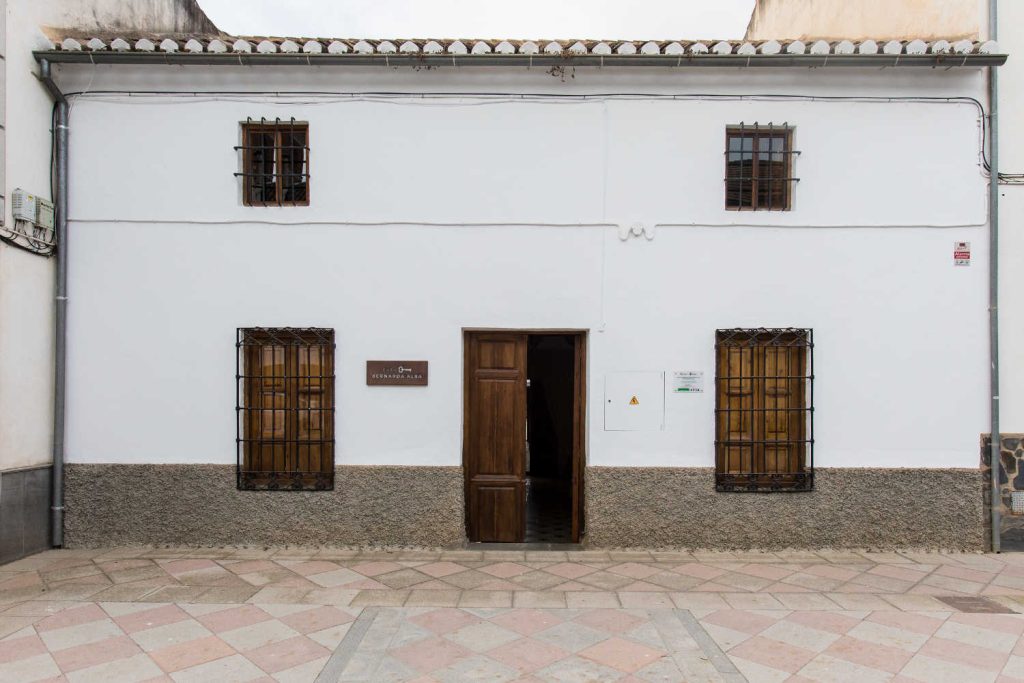
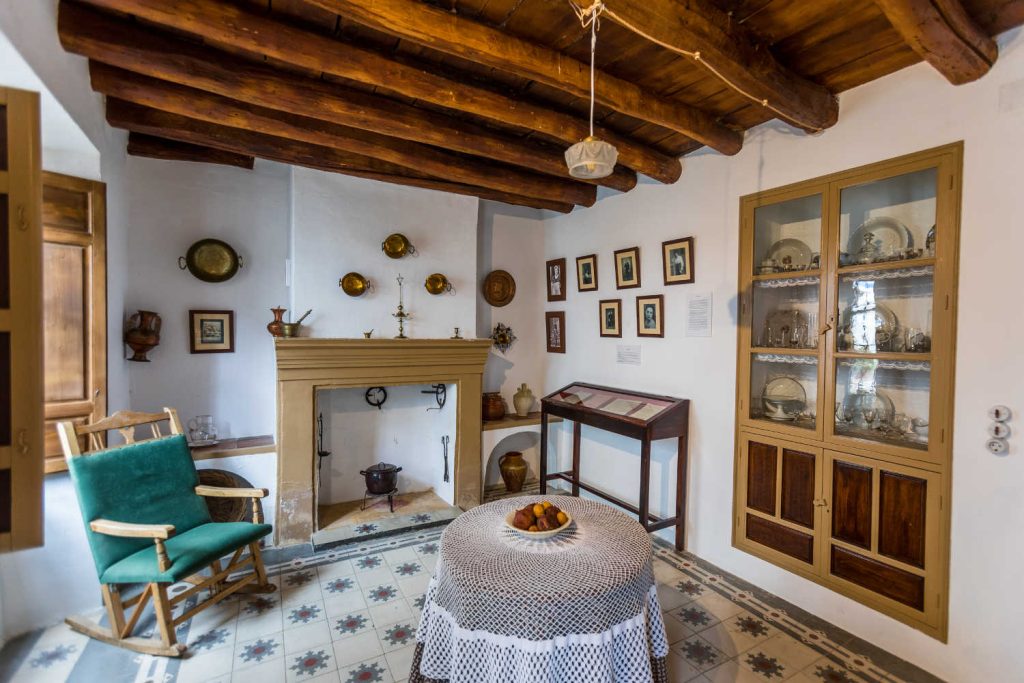
The Sierra Tramway and Silk Museum trail
The municipality of Güéjar Sierra offers impressive natural spaces, as is the case of the path of the mythical Tranvía de la Sierra, which -converted into a greenway- runs parallel to the Maitena River along the route of the old railroad and has a network of tunnels and sections of track that evoke the Granada of another time.
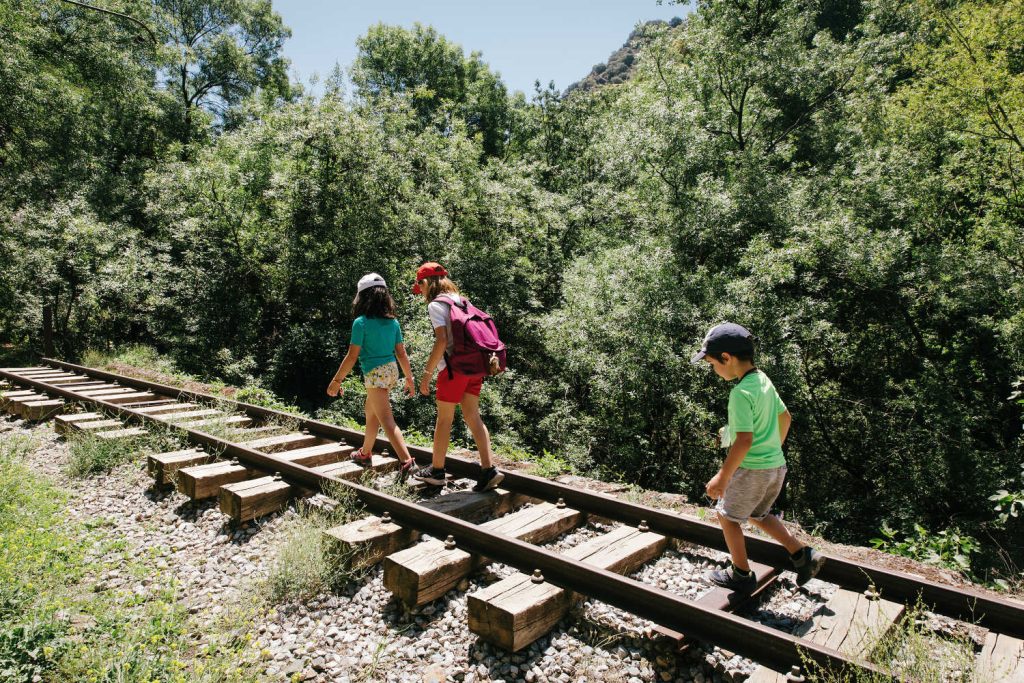
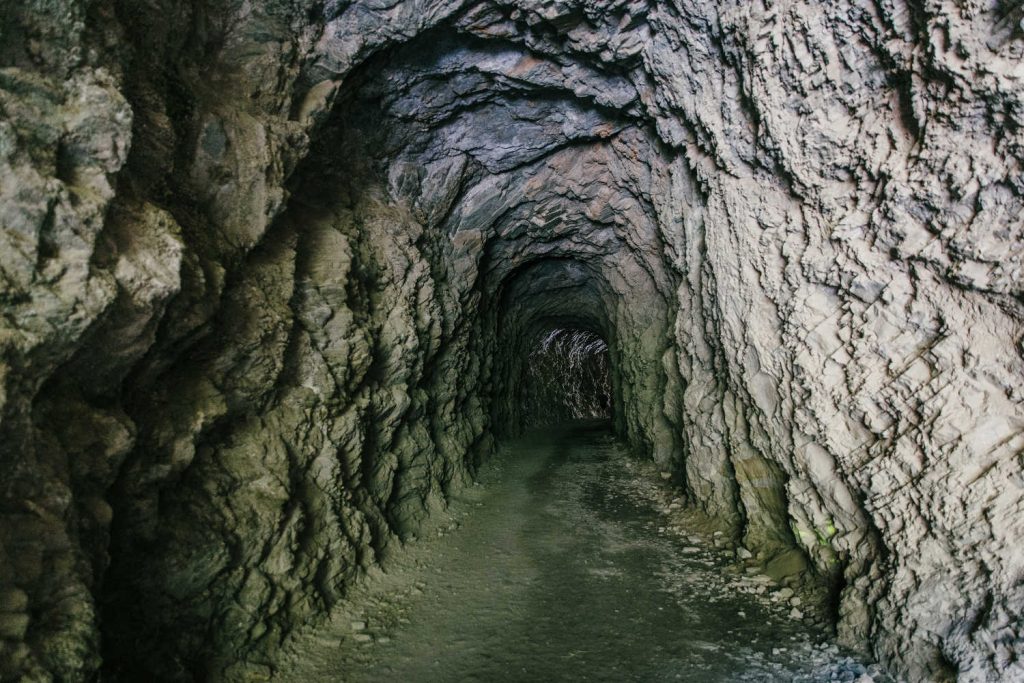
Lastly, Cájar has made available to the audiovisual industry its Silk Interpretation Center, a new museum project inaugurated in 2022 that aims to enrich and revitalize the municipality from an element linked to the origin and history of the municipality.
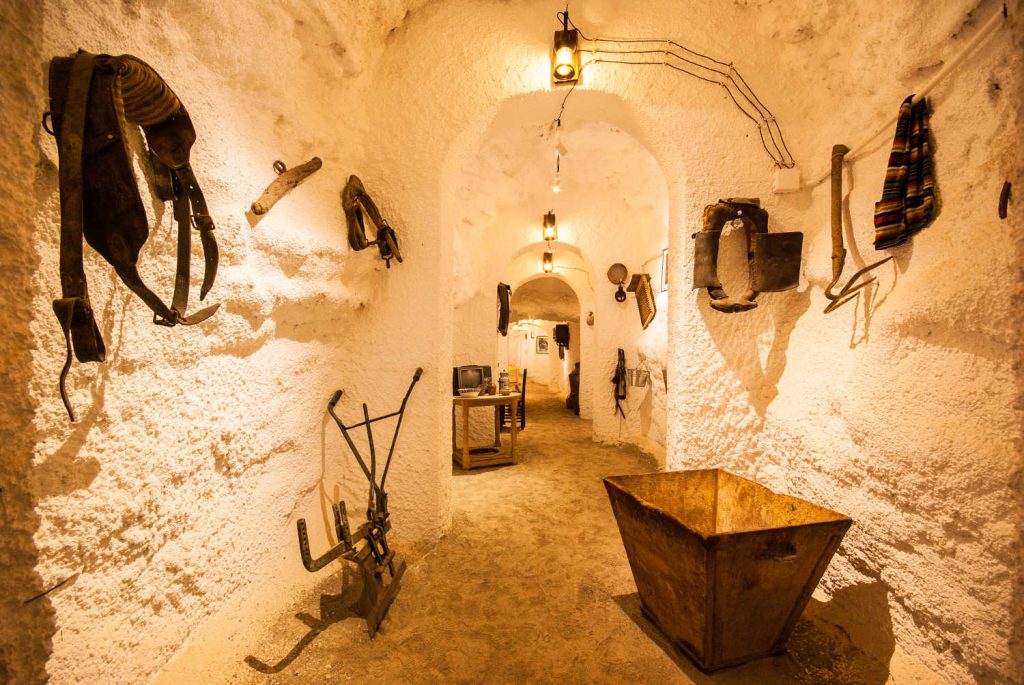
The municipalities of Alhama de Granada, Huéscar, Valderrubio, Güéjar Sierra, Torvizcón, Galera, Cúllar, Bérchules, Ugíjar, Cádiar, Freila, Órgiva or Trevelez are part of the 49 municipalities of the province that requested, through the Local Agreement, the technical assistance for film locations of Film in Granada and that have been incorporated in recent months to the provincial catalog.
The directory already includes a total of one hundred filming locations, each with a gallery of images, a brief description and specification of characteristics, as well as geolocation, practical information and contact details.
